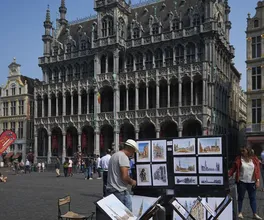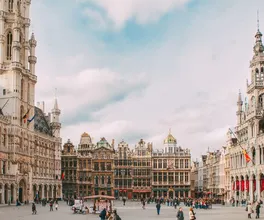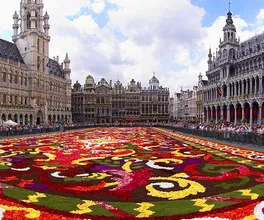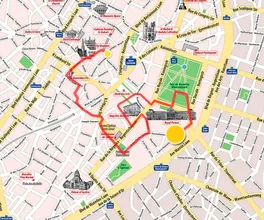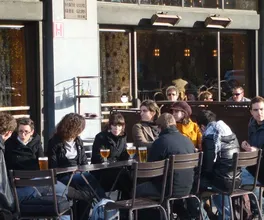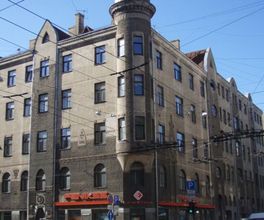




About this experience
Brussels rightfully prides itself on its Art Nouveau heritage, but such architecture is a rarity in the historic center, making travelers less familiar with Brussels Modernism. Through the most expressive and famous buildings, you will learn how attention to color, material, and coherence of details defined the main features of the style, offering a new perspective on the city.
What to Expect
Brussels Modernism
In the city, there are hundreds of Art Nouveau facades signed by dozens of architects at the end of the 19th and early 20th centuries. This style, unlike any other, pays attention to color solutions, material selection, and coordination of all compositional elements. Local examples of Art Nouveau stand out not only for their structure but also for decorative details: wrought ironwork, stained glass, sgraffito. Besides visual delight, Brussels Modernism also offers narratives. What stories these people and their fates hold!
Three Routes to Choose
I have prepared three different routes for you. The first – and main – is best suited for a general introduction to the style. The second and third will complement your perception of Brussels Art Nouveau. Together, they will offer a comprehensive picture of Modernism in the Belgian capital.
First Route: works of Art Nouveau pioneers
You will walk through the Ixelles commune, in the Louise Avenue area, and in Saint-Gilles in the Brugmann Avenue area. I will introduce you to the works of the first representatives of the Belgian Modernism school. You will explore several houses by Victor Horta, Paul Hankar, Octave van Risseghem, and Henry van de Velde. We will discuss not only the peculiarities of this style but also its place in the overall development of that time. How the destinies of architects, clients, and the actual buildings unfolded. The focus will be on three mansions by V. Horta (all on the UNESCO list) and the most impressive house by P. Hankar.
Second Route: the second wave of Modernism
In the Saint-Gilles commune, you will touch the architectural masterpieces of the brightest representatives of the second wave of Brussels Art Nouveau against the backdrop of other styles of that time. Although the tour both begins and ends at houses designed by V. Horta, the emphasis will be on four works by Paul Vizzavona and eighteen works by Ernest Blerot.
Third Route: revisiting the second wave
In the square districts, the acquaintance with the architects of the second wave of Brussels Art Nouveau will continue, focusing on the houses of Gustave Strauven and Armand Van Waesberg. You will study the Van Eetvelde mansion (on the UNESCO list), the boldest building by V. Horta, and the Seny house, G. Strauven's most striking creation and one that must be visited when it comes to Brussels Modernism.
Organizational Details
- If you wish to take two or three routes, I will be happy to offer you discounts
- In the first and second routes, there will be an opportunity to take a break for hot chocolate or beer, but this is optional, and drinks are paid for separately

